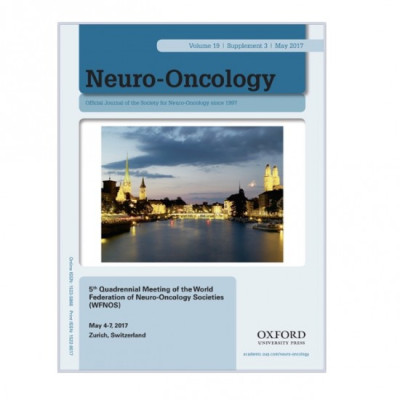Publication
Hyperspectral imaging for brain tumour identification and boundaries delineation in real-time during neurosurgical operations
J.F. Piñeiro, D. Bulters, S. Ortega, H. Fabelo, S. Kabwama, C. Sosa, S. Bishop, A. Martínez-González, A. Szolna, G.M. Callico
Neuro Oncol (2017) 19 (suppl_3): iii44.
MOLAB authors
Abstract
Introduction: More extensive surgical resection is associated with longer life expectancy for newly diagnosed gliomas. Current intraoperative techniques to delineate the limits and characteristics of gliomas, such as Immunofluorescence or Intraoperative Magnetic Resonance Imaging (iMRI), have limitations. iMRI is allows only a few images to be obtained and is costly. Immunofluorescence requires preoperative administration and is poor in low grade lesions. Hyperspectral imaging (HSI) is an emerging technology in the medical field that combines the benefits of digital imaging and spectroscopy, allowing to simultaneously exploit both the morphology and the chemical composition of the materials that are presented in a scene. Here we set out to apply this technique for the first time to identify and delineate brain tumour boundaries in real-time during neurosurgical operations. Materials and methods: Using a new hyperspectral acquisition system covering the spectral range from 400?nm to 1700?nm, a hyperspectral library of human brain affected by different types of tumours was generated (more than 250.000 spectral signatures). The images were acquired intraoperatively from 30 different patients after performing craniotomy and durotomy. Biopsies were taken in defined areas of the image and assessed by neuropathology. These pixels were used as the gold standard to generate a Support Vector Machine classifier. Results: Supervised learning algorithms show that it is possible to automatically distinguish between tumour tissue, normal tissue, hypervascularized tissue and other elements present in the brain surface using a previously captured database. Quantitative results computed employing the pixels used as the gold standard provide an overall accuracy above 95% in most cases. Using the developed hyperspectral brain cancer detection system, classification maps, where each type of tissue is represented using different colours, are provided to neurosurgeons as an aid-visualization tool for delimiting the tumour margins during a neurosurgical operation in real-time. Conclusions: A novel non-invasive medical imaging technique has been developed for delimiting the tumour margins during neurosurgical operations. HSI is a promising new technique to help neurosurgeons during brain tumour surgery, avoiding leaving unintentional tumour residuum or the excessive resection of normal brain.
FUNDING: European Commission FP7 FET Open programme ICT-2011.9.2, European Project HELICoiD “HypErspectral Imaging Cancer Detection” under Grant Agreement 618080.















